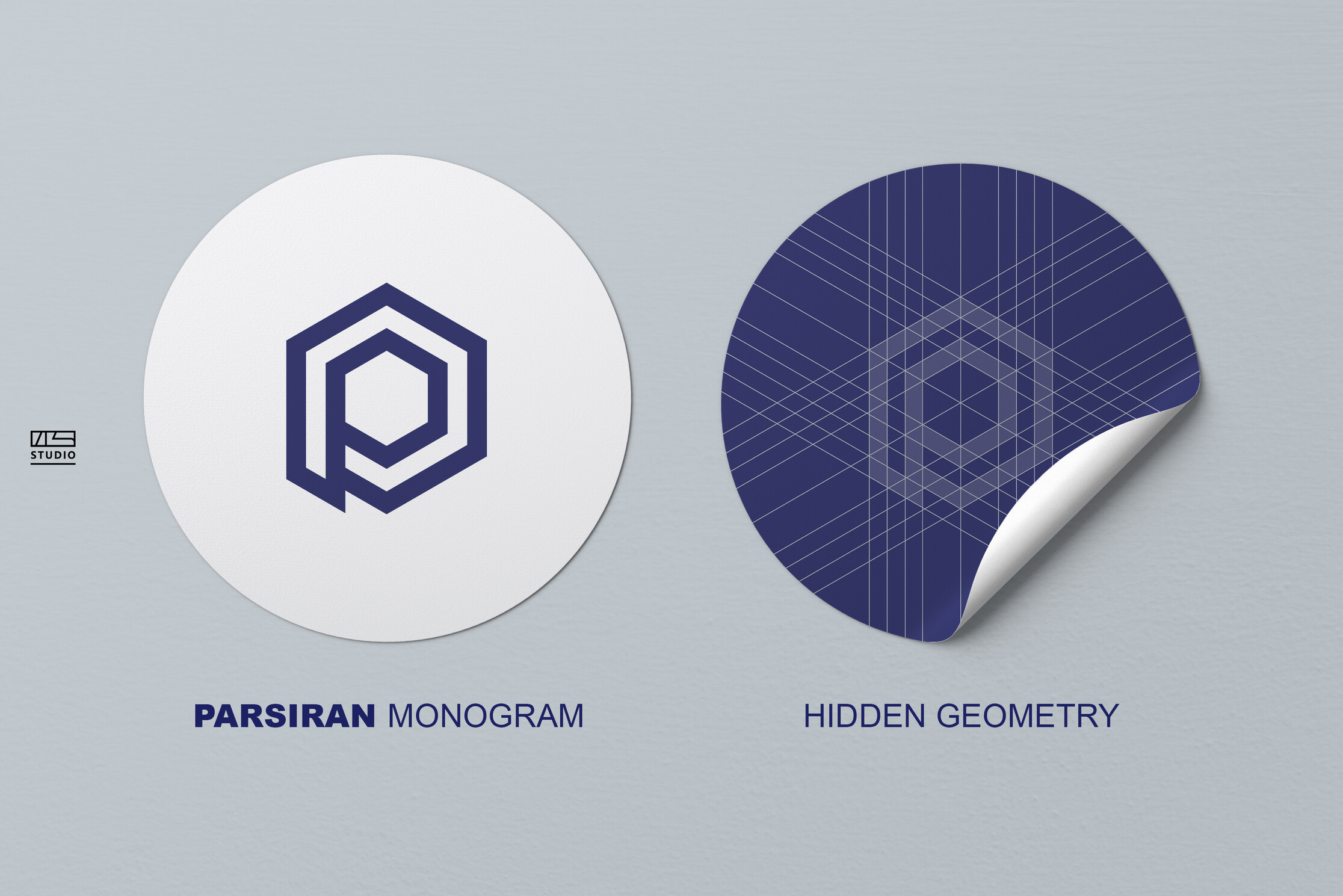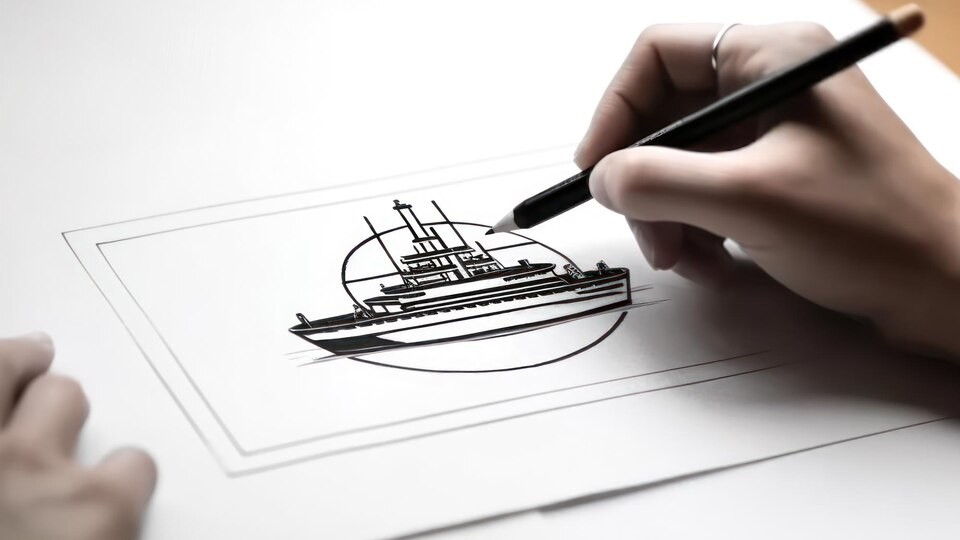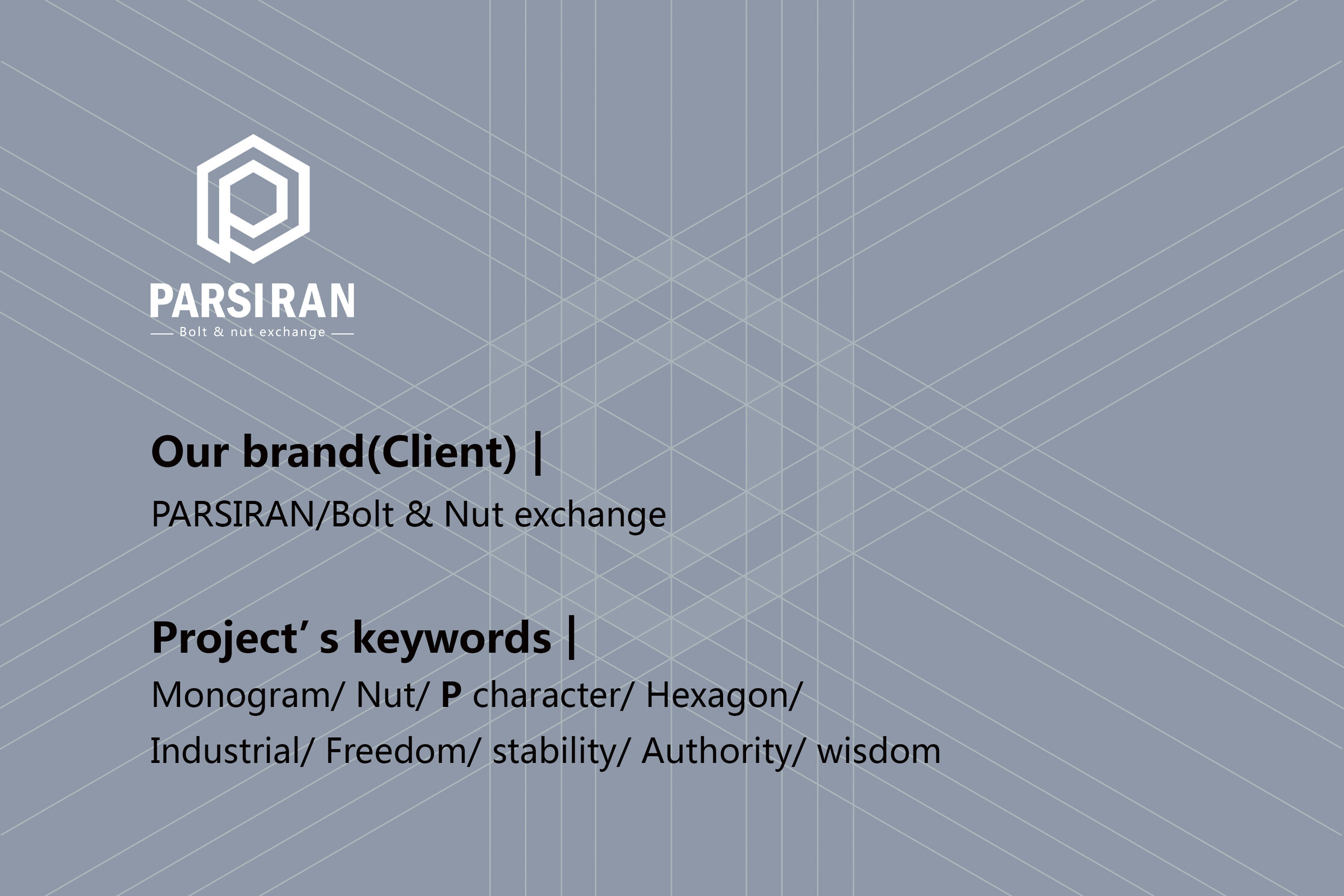Logo Design and Branding: Creating a Lasting Impression
In today’s competitive business landscape, establishing a strong brand identity is crucial for success. A key element of brand identity is logo design. While some business owners may overlook the importance of logo design due to cost concerns, it is vital to understand how it can positively or negatively impact a business. In this article, we will explore the significance of logo design and provide real-life examples of successful brands that have effectively utilized logos to leave a lasting impression on their target audience.

Introduction: The Power of Branding
In a fast-paced and competitive business world, building a strong brand is essential for standing out and attracting customers. A brand encompasses everything that represents a business, including its values, personality, and overall image. At the heart of a brand’s visual identity lies its logo, which serves as a powerful symbol that can evoke emotions, build recognition, and establish credibility.
Understanding the Importance of Logo Design
A well-designed logo serves as the face of a brand, making it instantly recognizable and memorable. It acts as a visual representation of the company’s values, products, and services. Consider the following statistics:

– According to a study by Siegel+Gale, 64% of consumers develop a strong relationship with a brand based on shared values, and a well-designed logo is a vital element in conveying those values.
– Research conducted by the University of Loyola, Maryland, found that **92.6% of consumers** believe that visual appearance is the most influential factor in making purchasing decisions.
Here are some key reasons why logo design is essential for your business:

Creating a Strong First Impression
In today’s fast-paced world, first impressions matter. Your logo is often the first interaction potential customers have with your brand. A well-crafted logo can convey professionalism, trustworthiness, and creativity, instilling confidence in your target audience from the very beginning.
Differentiating Your Brand
With numerous competitors vying for attention, standing out from the crowd is crucial. A unique and visually appealing logo can help your brand differentiate itself from others in the industry. By conveying your brand’s unique personality and values, you can attract customers who resonate with your message.
Enhancing Brand Recognition
Consistency is key when it comes to building brand recognition. A distinctive logo that remains consistent across all marketing materials, online platforms, and physical locations helps customers identify and remember your brand. This recognition leads to familiarity, trust, and ultimately, customer loyalty.
Establishing Brand Trust and Credibility
A professionally designed logo reflects the quality and credibility of your products or services. Consumers often associate a well-designed logo with a trustworthy and established brand. By investing in a well-crafted logo, you signal to your target audience that you take your business seriously.

Elements of an Effective Logo
Designing an effective logo involves considering various elements that contribute to its success. Here are some key elements to keep in mind:
Simplicity
Simplicity is the hallmark of a memorable logo. Clean lines, minimal colors, and uncomplicated shapes make it easier for customers to recognize and recall your brand. In fact, 39% of consumers prefer simple logos, according to a study by Siegel+Gale.
Relevance
Your logo should be relevant to your industry and target audience. Consider the nature of your business, its values, and the emotions you want to evoke. A relevant logo helps create a connection with your customers and resonates with their needs and aspirations.
Versatility
Your logo will be used across various platforms and mediums, including websites, social media profiles, business cards, and merchandise. Ensure that your logo is scalable and easily adaptable to different sizes and formats without losing its visual impact.
Timelessness
A well-designed logo withstands the test of time. Avoid incorporating trends or fads that may quickly become outdated. Aim for a timeless design that can represent your brand for years to come, while still remaining relevant and appealing.

Case Studies: Brands with Memorable Logos
Now let’s explore some real-life examples of brands that have successfully utilized logos to create a lasting impression:

Apple
Apple’s iconic logo, a simple bitten apple, is instantly recognizable worldwide. Its sleek and minimalist design embodies the brand’s core values of innovation, simplicity, and elegance.

Nike
Nike’s swoosh logo is a perfect example of a minimalist yet powerful design. It represents movement, speed, and inspiration, capturing the essence of the brand’s athletic and performance-focused identity.

Coca-Cola
Coca-Cola’s timeless logo features a scripted font that exudes a sense of nostalgia and warmth. It has remained virtually unchanged for over a century, becoming synonymous with the brand’s rich heritage and refreshing beverages.
How Logo Design Influences Brand Perception
Your logo has a significant impact on how your brand is perceived by your target audience. Consider the following statistics:

– 80% of consumers believe that color increases brand recognition, according to a study by the University of Loyola, Maryland.
– A study by the Nielsen Norman Group found that users form an opinion about a website within 0.05 seconds of viewing the page, and a visually appealing logo contributes to that impression.
Here are some ways in which logo design influences brand perception:
Professionalism and Trust
A professionally designed logo conveys a sense of professionalism and instills trust in your brand. Customers are more likely to engage with businesses that appear credible and reliable, and a well-crafted logo plays a vital role in establishing this perception.

Emotional Connection
An effective logo has the power to evoke emotions and create a connection with your audience. By using color psychology, typography, and imagery strategically, you can elicit specific emotions that align with your brand’s message and values.
Industry Relevance
Your logo should reflect the industry you operate in. Different industries have distinct visual cues and symbols that resonate with customers. A logo that aligns with industry standards helps establish credibility and makes it easier for customers to understand your brand’s offerings.

Conclusion
In conclusion, logo design plays a pivotal role in establishing a brand identity that resonates with your target audience. Consider the following statistics:
– A study by Siegel+Gale revealed that 79% of consumers prefer to buy products from brands that are perceived as innovative.
– According to the University of Loyola, Maryland, 64% of consumers believe that shared values are the primary reason they develop a strong relationship with a brand.
By investing in professional logo design you can create a visual symbol that represents your business’s values, aspirations, and unique personality.












